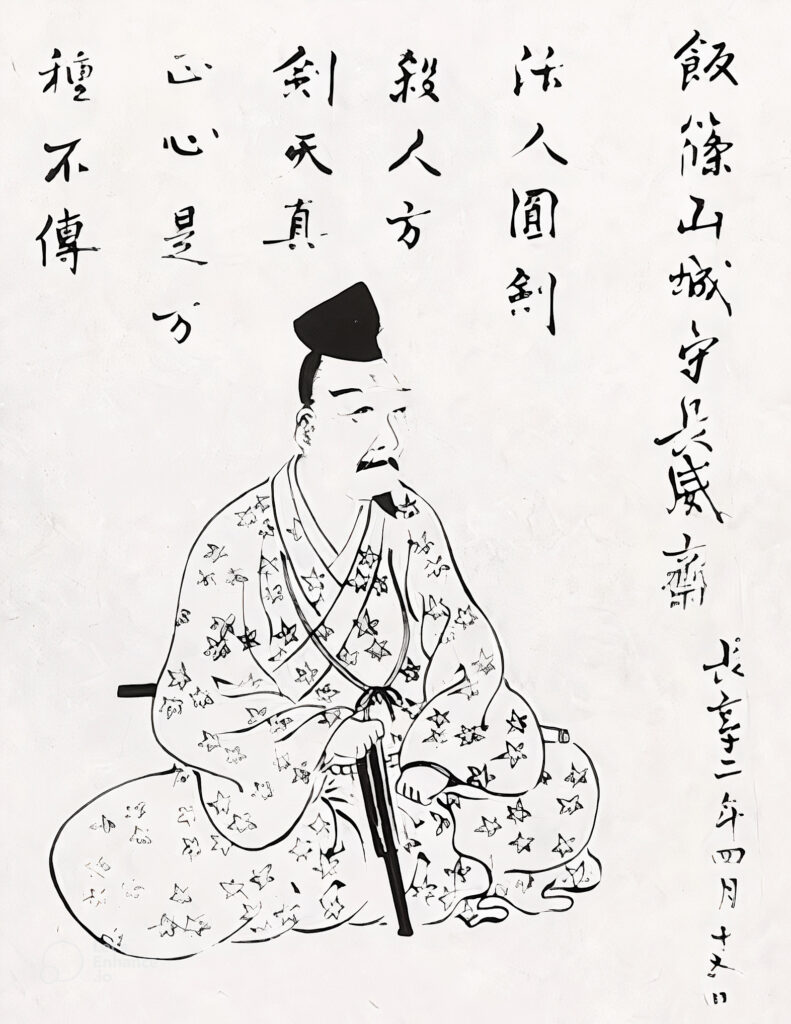
Introduction
Tenshinsho-den Katori Shinto Ryu was founded by Iizasa Choisai Ienao during the mid Muromachi era (1336-1573) in the Katori region of Shimosa province (present-day Katori city, Chiba prefecture), and is the source from which many Japanese martial arts have evolved. It maintains a extensive syllabus of martial training, strategic study, philosophy, and character development.
At approximately sixty years of age, Iizasa undertook a thousand days of prayer and austere training devoted to the deity of the Katori Shrine, within its grounds. It is said that the deity then presented him with a divine scroll on the warrior arts. Since the art was received through divine transmission, Iizasa named it “Tenshinsho-den” (direct and authentic transmission from the deities) Katori Shinto Ryu. The tradition has been handed down to the present day.
Shinbukan Dojo’s practice of Katori Shinto Ryu follows the teachings passed down from Hayashi Sakuichiro Shihan to Hayashi Yazaemon Shihan, who was then succeeded by Otake Risuke Shihan (Shinbukan Dojo founder). Practice is currently led by Otake Nobutoshi Shihan, with the support of several shihandai.
In 1960, through the efforts of Hayashi Yazaemon Shihan and Otake Risuke Shihan, Katori Shinto Ryu was awarded the status of Intangible Cultural Asset of Chiba Prefecture by the Chiba Prefecture Office of Education, Department for the Promotion of Education, Section for Cultural Assets. The tradition was the first martial art in Japan to be designated as such. Otake Nobutoshi Shihan holds the official title of Guardian, as designated by the authority of the Chiba Prefecture Office of Education.
The art is preserved and transmitted both domestically and internationally as a classical Japanese warrior tradition unique to the Katori region.